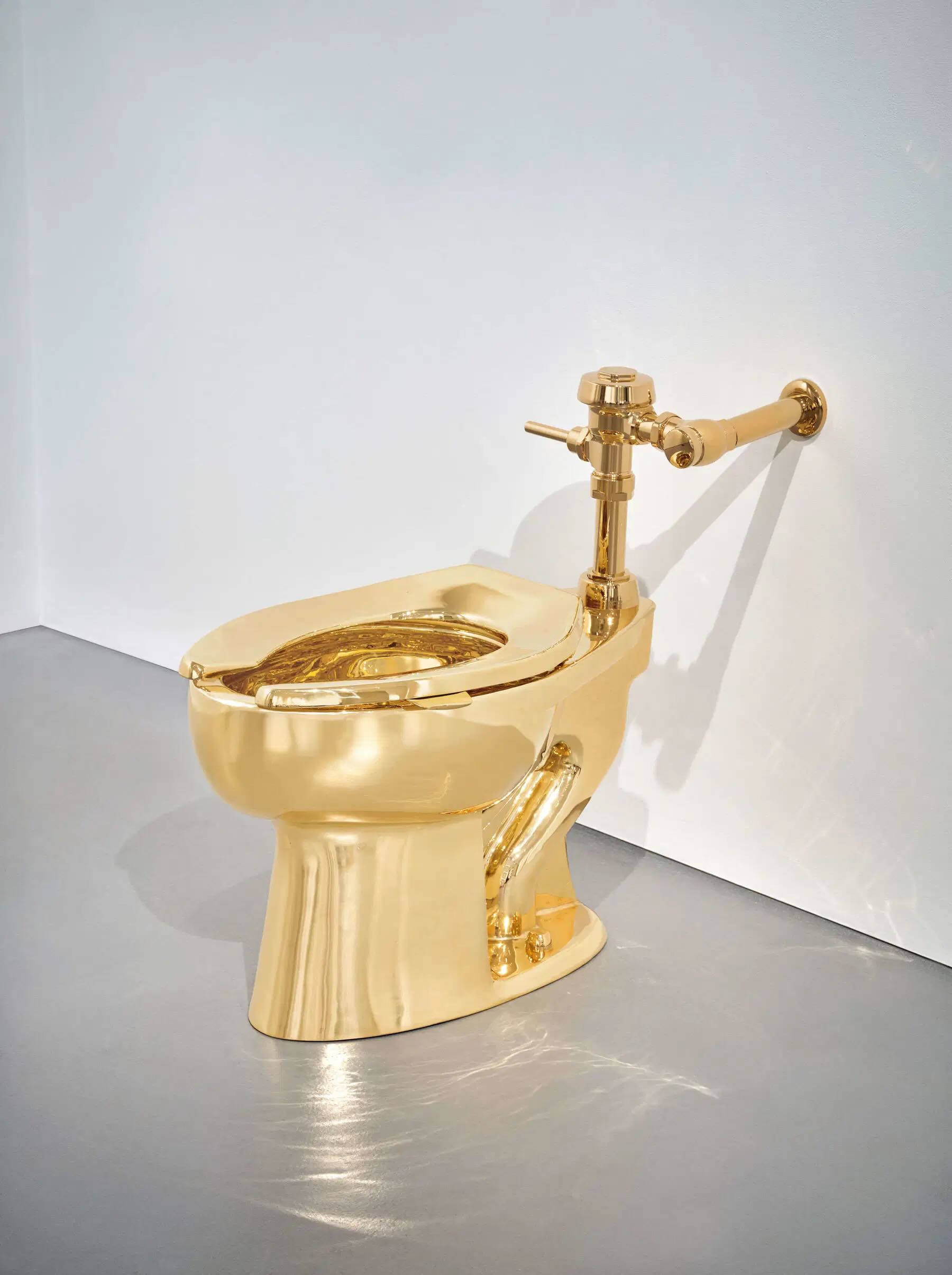Perhaps not everyone knows that a good deal of 20th century great designers, mostly known for their architectural and furnishing works, applied their inspiration to the creation of the most beautiful coffee machines in the world. What portents hide behind a coffee machine, from its origins to our time? How was the espresso coffee born? In order to find this out, along with many stories and curiosities on the subject, we must go to MUMAC in Binasco; located on the outskirts of Milan in the Genoa direction, the museum is the largest permanent exhibition dedicated to the history, world and culture of professional espresso coffee machines.

This is where to discover the D.P. 47 designed by Gio Ponti in 1947, which would become one of the rarest and most sought after collectible coffee machines. Its rounded lines make it still very modern. To catch the eye with its faceted modular surface is the Diamante (1956), designed by Enzo Mari and Bruno Munari; the Z8 created by Marco Zanuso for Rancilio in 1971 exhibits pop colors, while the pink version of the Compact by Ettore Sottsass stands out, inspired by the Parthenon in Athens. These are just some of the 200 examples of collectible coffee machines in the museum, which encloses an entire made in Italy production sector within its walls, bringing together the best of this field created in over a century of history.
Founded in 2012 by the Cimbali Group, a company among the world's leading manufacturers of professional espresso coffee machines, MUMAC celebrates its 10th birthday together with the 110th anniversary of the Group, today led by the fourth generation of the Cimbali family. On the occasion of the double celebration, MUMAC has restyled its spaces responding to the highest museum requirements in the field of responsibility (less waste through recycling and upcycling of materials), inclusiveness (an exhibition path that guarantees disabled visitors an easy and complete visit), and interaction (new displays' infographics, colors and materials). Entrusted to designer and ADI vice president Antonella Andriani, the project aims to offer the public of connoisseurs, school groups, enthusiasts and the curious an increasingly immersive and engaging visit.

Room after room, the visitor crosses over a century of history discovering how much the coffee ritual has been a great Italian pride since the early 20th century, when coffee machines were vertical and steam-operated. From the Liberty and Art Nouveau periods, passing through rationalism in the 1930s — times when coffee was still an elitist good —, we reach a welcoming space that evokes the typical 50s bar, decorated with formica furnishings and an inevitable table football. The post-war economic boom brought an explosion of creativity: in the golden years of design, not only the look of coffee machines evolved, but also the technology that supported them.
These were the times when the Classica produced by Faema was born, which made it possible to use less ground coffee for a cup, extracting all the coffee's aromas thanks to the pressure of the water; and more and more illustrious design names began to take an interest in this field, from Gio Ponti to Achille and Pier Giacomo Castiglioni, who won the Compasso d'Oro in 1962 with their Pitagora coffee machine. By this time coffee had become a social element to be shared at the bar and distributed to everyone, in a fast and informal way.

Immersing yourself in the museum area dedicated to the 80s, with their playful and colorful lightheartedness combined with experimentation — it was in these years that electronics were introduced into coffee machines — you reach the space dedicated to present time, where it emerges how nowadays, coffee consumption goes beyond the bar, reaching airports and major brands showrooms all over the world, while keeping up with technological evolutions: thus we discover the Electronic Nose project by Cimbali, an elaborate software capable of identifying and analyzing coffee blends, which won the SMAU 2021 Innovation Award.






.png)





